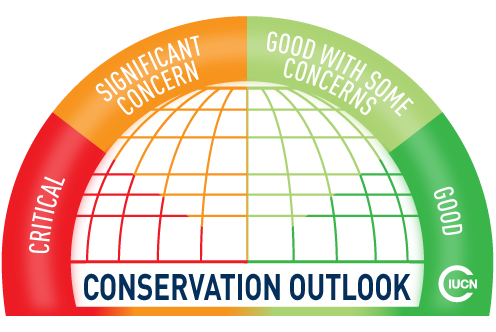State of Conservation reports
Every year, IUCN prepares State of Conservation reports for about 60 World Heritage sites. These reports are based on information submitted by governments to UNESCO, scientific information collected by IUCN throughout the year including through field missions, as well as IUCN's network of experts.
Our reports are developed together with the World Heritage Centre and ICOMOS (for sites with cultural values). They present key threats to the sites’ Outstanding Universal Value, and recommendations to the World Heritage Committee on how to address to those threats
On the basis of these monitoring reports, the World Heritage Committee may request governments to implement concrete conservation actions. Over the years, IUCN’s technical recommendations have informed multiple positive conservation efforts led by States Parties to the Convention.
The over 1700 reports to which IUCN contributed over the years are available on the website of the UNESCO World Heritage Centre.
Further down is explained how you can inform our monitoring work.

